Sixty-four kilometres west of the Outer Hebrides of Scotland, in a remote part of the North Atlantic, lies an ancient archipelago buffeted by storms. Out of its many cliffs and sea stacks echo the cries of hundreds of thousands of seabirds. Further inland lie the remains of hardy Hebridean houses and unique man made structures. All of these testament to the population that inhabited the islands for 2000 years. Should you visit, you will bear witness to the United Kingdom’s only dual UNESCO world heritage site and home of more than a million seabirds – a sanctuary without equal in Europe. You will witness St. Kilda.
Interactive Map
Please follow the link below to access an interactive map of St. Kilda
3D Models
St. kilda hirta village cottage

If you are not able to view the embedded 3D sketchfab model above please use the link below to interact with the model.
Description
The island of Hirta is one of the constituent islands of St. Kilda and the only one that had continuous human habitation. Though its inhabitants are by now long gone there are still the remains of their village. These provide a unique insight into tangible cultural heritage in the form of their traditional houses. These cottages were laid out in a crescent, each with their own plot of land for cultivation and all enclosed within a head dyke. They were built in the 1830’s under the direction of Reverend Neil Mackenzie and were designed in the form of typical Hebridean blackhouses – single-roomed with space for cattle to live inside during the winter. More recent houses were built in the village during the 1860’s and were different to their predecessors. These newer houses had a standard three-room design, a style they shared with buildings on the mainland, however they faced seaward instead of end-on to the bay like those that came before them. They had a rectangular shape with structure provided by mortared stone and the roofs were made of chimneyed gables with zinc plates nailed down over wooden sarking boards to guard against the wind. The zinc plates tended to be too short to cover the complete roofs and were thus poor at keeping the water out. Consequently, they were replaced with tarred felt and by 1898 the floors were also replaced with new ones which were partly concrete and partly wooden.
References
The National Trust for Scotland (n.d.) Village [Online]. Available at https://www.nts.org.uk/visit/places/st-kilda/highlights/village (Accessed 7th of May 2023).
Stell, G. P. and Harman, M. (1988) Buildings of St Kilda [Online], London, United Kingdom of Great Britain and Northern Ireland, HMSO Publications. Available at https://i.rcahms.gov.uk/canmore-pdf/WP00003855.pdf (Accessed 7th April 2023).
St. Kilda Mail Boat

If you are not able to view the embedded 3D sketchfab model above please use the link below to interact with the model.
Description
Mailboats are an old St. Kilda tradition and originate from a time when they were they only way for the islanders to communicate with the mainland. This mode of communication was created by the journalist John Sands in 1877 when he was stranded on St. Kilda. Sands built a small wooden box, shaped like a boat, placed a message in it and launched it in the direction of the mainland in the hope that it would be picked up by passing ships and passed on to the mainland. Fortunately for him his message was found in Orkney nine days after he sent it, and a boat was dispatched to rescue him along with nine other Austrian sailors. Mailboats were used again in 1885 when the islanders faced the prospect of starvation having been hit by a particularly fierce storm which ruined their food stores. The islanders, in an act of desperation sent five such mailboats to the mainland asking for help and one of them arrived at the isle of Lewis with the resulting publicity raising money and provisions for the islanders. The islanders continued to send mailboats to the mainland, establishing a tradition, which became a part of the intangible heritage of St. Kilda, the region at large and an acute representation of the archipelago’s isolation.
References
The National Trust for Scotland (2020) St Kilda mailboat’s epic journey [Online]. Available at https://www.nts.org.uk/stories/st-kilda-mailboats-epic-journey (Accessed 7th of May 2023).
Cross INscribed stone from christs chapel in st. kilda
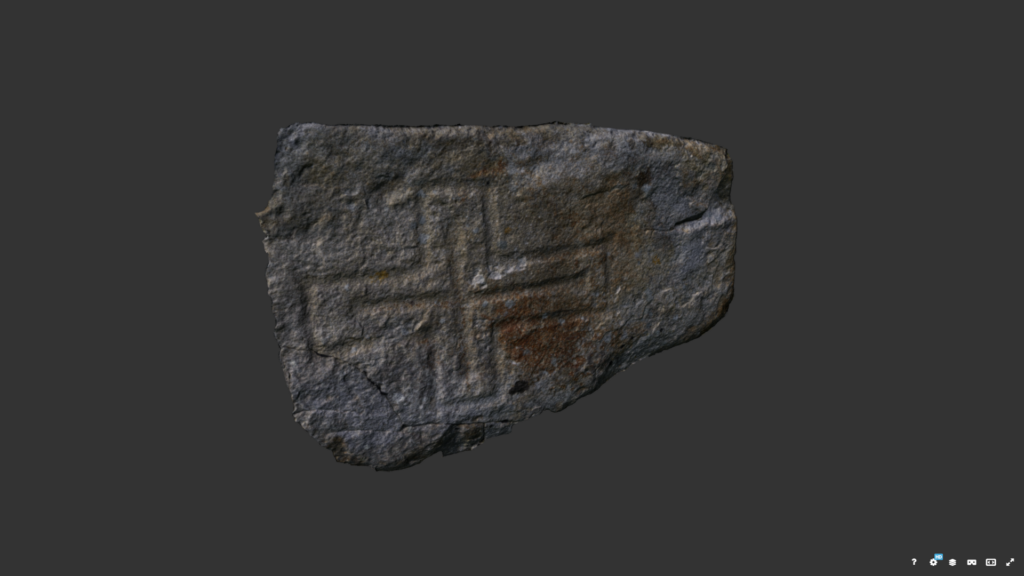
If you are not able to view the embedded 3D sketchfab model above please use the link below to interact with the model.
Description
Although the Island of St. Kilda like other Hebridean locales had visiting missionaries and reverends to serve their religious needs these ministers had no dedicated building from which to preach or even a designated house for them to live in. However oral histories and physical ruins reveal that prior to the 1920’s there existed three chapels of which Christ Church was considered the principal place of worship for the islanders. This is evidenced by the fact that this was the location the islanders preferred to bury their dead and its structure – being built of stone without any cement – a testament to its age. Grooved crosses in an early Christian style have been identified on houses in the village at Hirta and it has been determined that these originated from the churchyard of Christ Chapel. This provides an insight into the intangible cultural heritage of the island and the long practice of Christianity there. It is particularly poignant to note that many children were buried in the likely site of Christ Chapel as the islanders had a high incidence of childhood mortality, not having any access to professional healthcare.
References
Stell, G. P. and Harman, M. (1988) Buildings of St Kilda [Online], London, United Kingdom of Great Britain and Northern Ireland, HMSO Publications. Available at https://i.rcahms.gov.uk/canmore-pdf/WP00003855.pdf (Accessed 7th April 2023).
The Impact of Climate Change
Climate change is the greatest long-term threat to St. Kilda and impacts both its natural and cultural heritage. It is worth learning more about these threats and how they can be mitigated.
threats
rising temperatures
The temperatures of the seas surrounding the archipealgo have been increasing year on year and this has caused a gradual change in the marine environment, particularly on the number of plankton on and around sea cliffs. The reduced number of plankton and changing marine environment have had a knock-on effect higher up the food chain as there are less fish for birds to hunt forcing them further north into colder seas and thereby starving them of food. This decreased supply of food has had a significant impact on the seabird population of the archipelago as evidenced by the kittiwake population that has declined by 99.2% between 1987 and 2015 (MacLeod, M. and Carrell, S., 2015). In a similar vein the number of fulmar chicks declining by 33% in the decade between 2005 and 2015.
changing weather
Over the coming decades climate change is also likely to have the effect of changing the weather patterns in St. Kilda. This will alter the frequency and severity of storms on the archipelago negatively impacting the seabird populations and in particular the survival of fledglings. Greater storms will also increase the rate and progression of coastal erosion which may in turn permanently damage archaeological deposits and increase the risk to existing structures of cultural value such as existing building ruins. The potential threat to cultural heritage is compounded by the likely increase in instances of drought brought on by climate change which would in turn damage existing structures, particularly older buildings. Finally changing weather in the form of longer droughts, inconsistent rainfall and storms will likely lead to changes in fauna and consequently permanently change the composition of the archipelago’s flora and fauna for the worse with falling numbers of seabirds and more pieces of cultural heritage lost to time.
References
Macleod, M., and Carrell, S., (2015) “Climate change is threatening the seabirds of St Kilda”, The Guardian, 4th December [Online]. Available at https://www.theguardian.com/environment/2015/dec/04/climate-change-threatening-puffins-kittiwakes-seabirds-st-kilda-scotland (Accessed 7th April 2023).
The National Trust for Scotland (2022) St Kilda World Heritage Site Management Plan 2022-2032 [Online], Available at https://ntswebstorage01.blob.core.windows.net/nts-web-assets-production/downloads/English-St-Kilda-World-Heritage-Site-Management-Plan-2022-2032.pdf (Accessed 7th April 2023).
Gallery of Animals on St. Kilda
*All the images for the gallery have been sourced from www.flickr.com and are under a creative commons license. Authors have been attributed within the captions
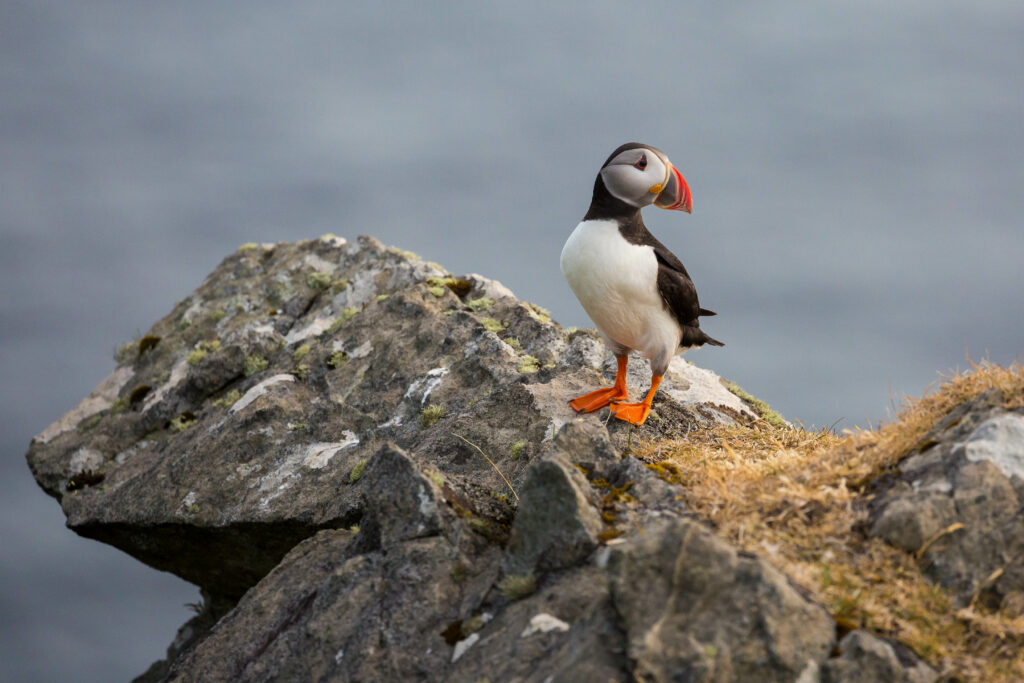


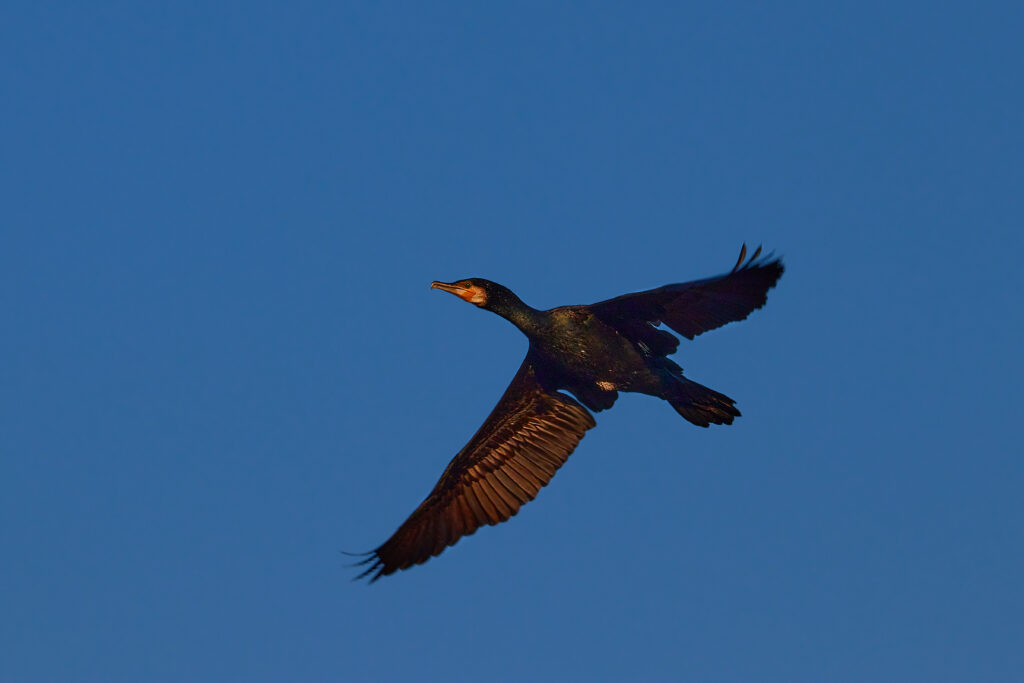
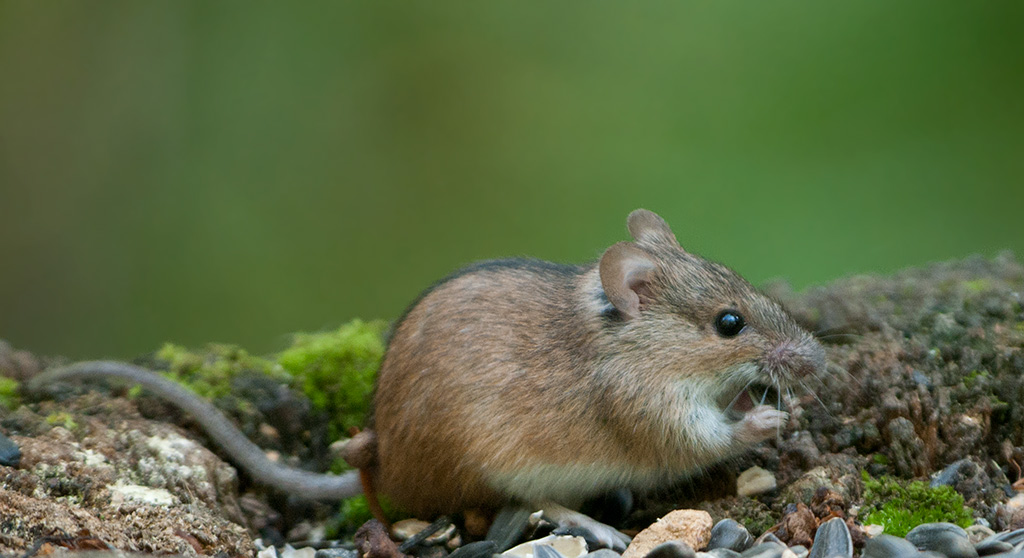
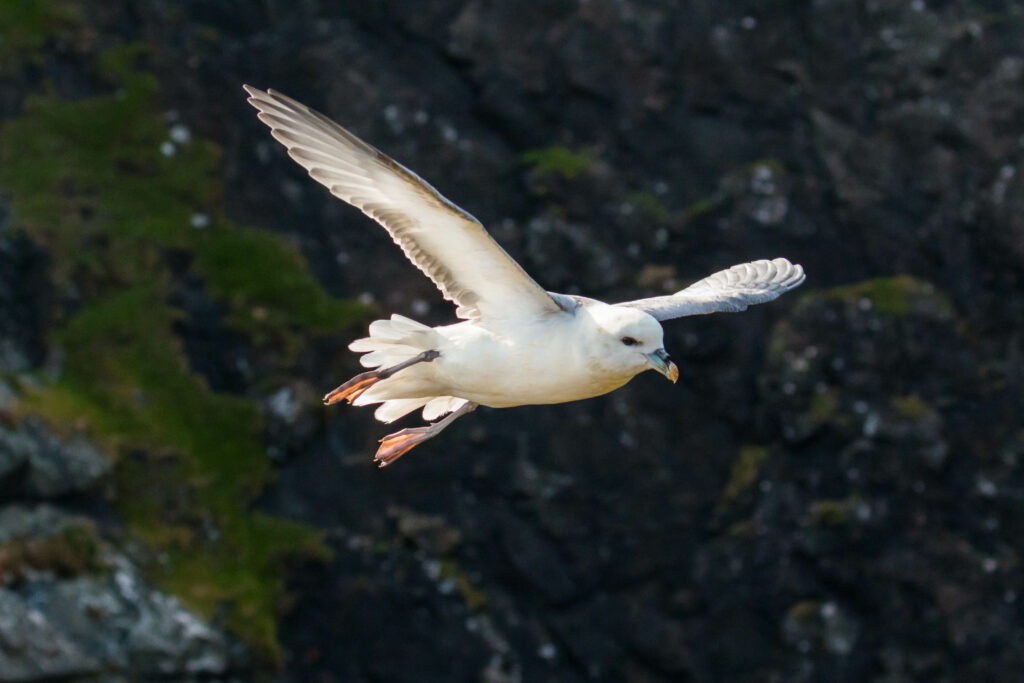

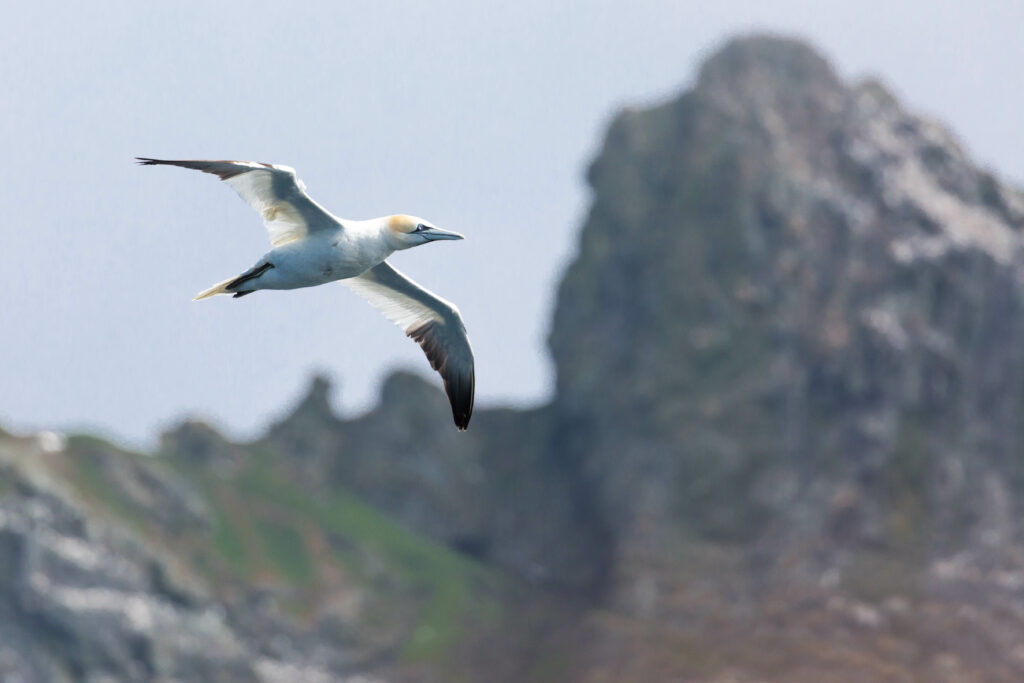
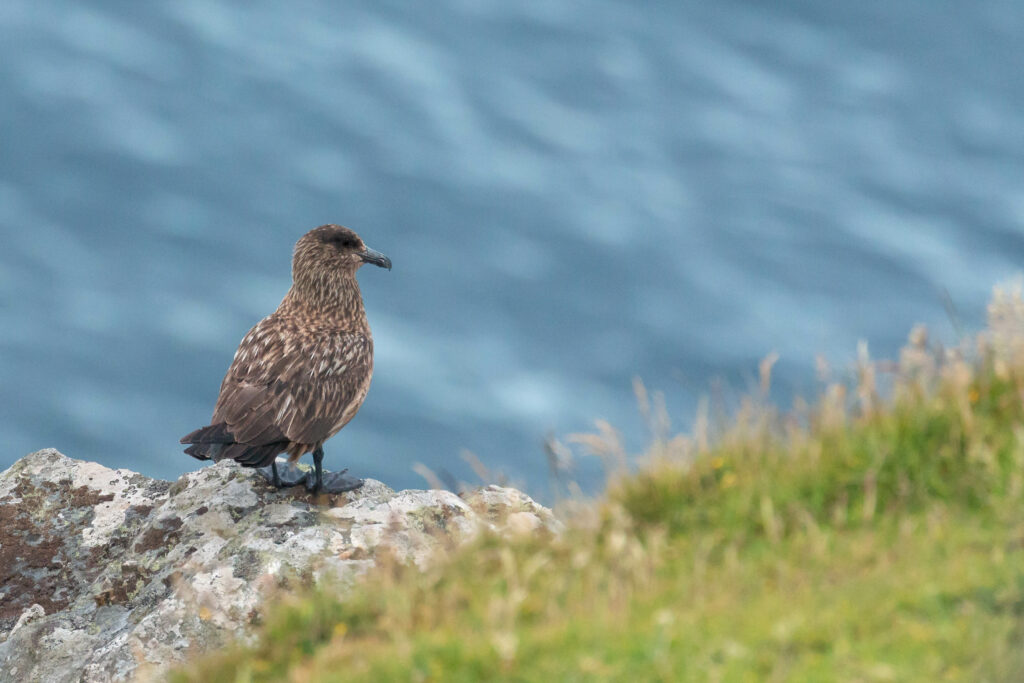
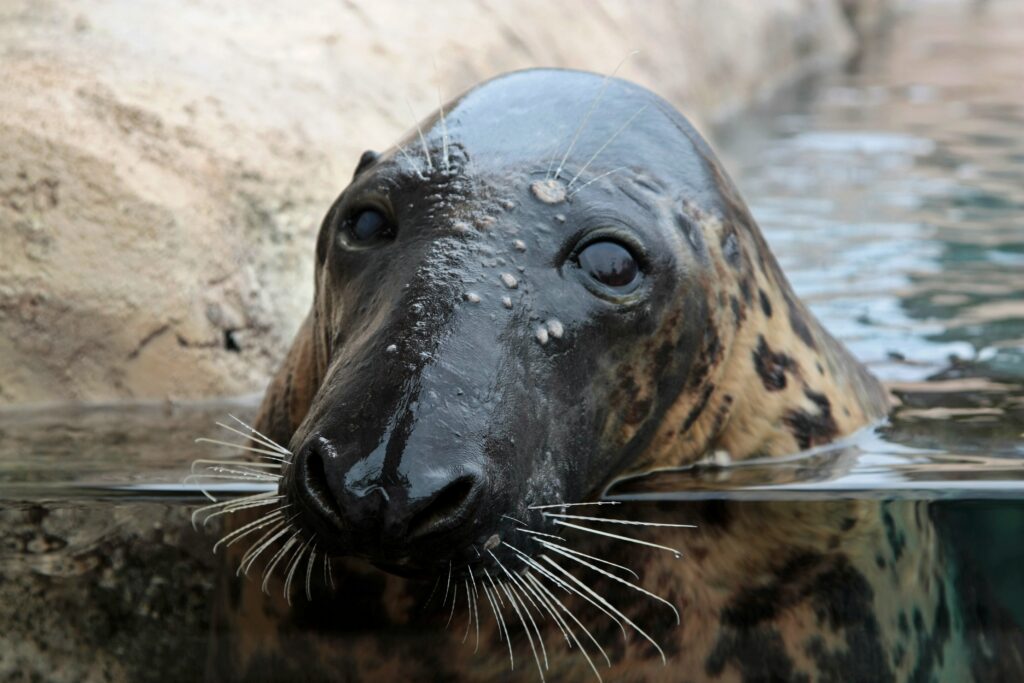

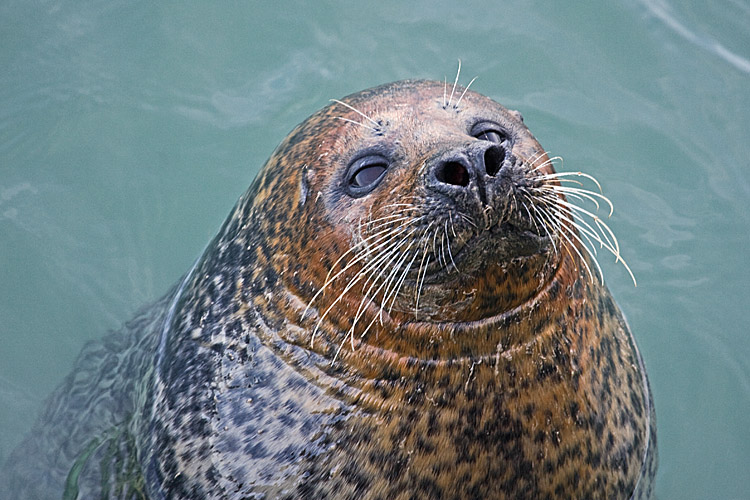

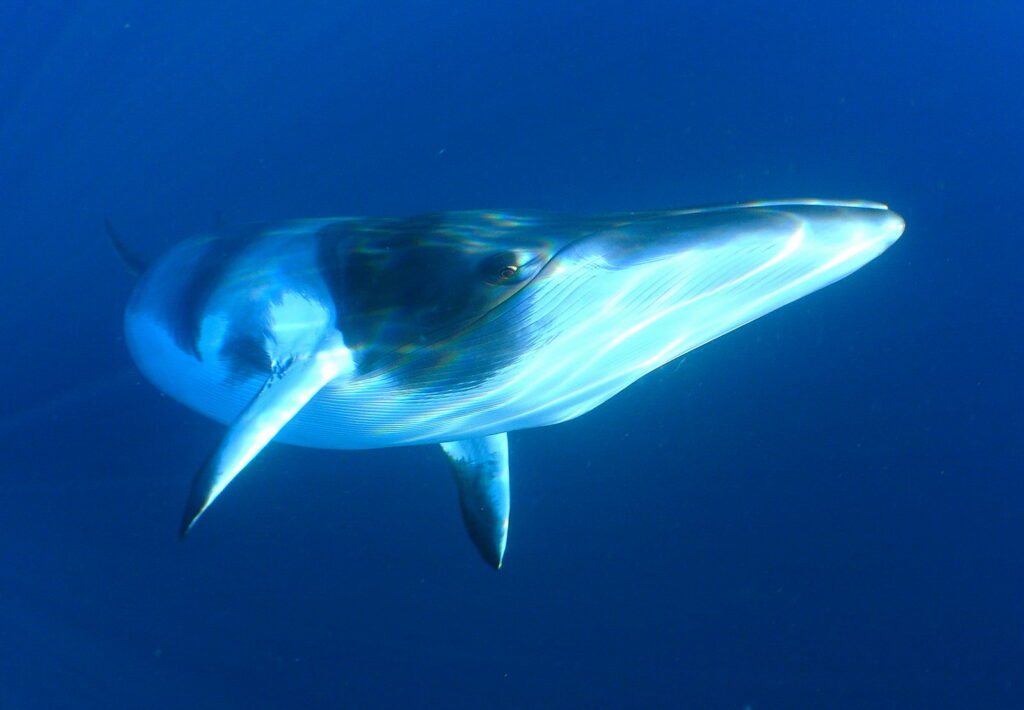
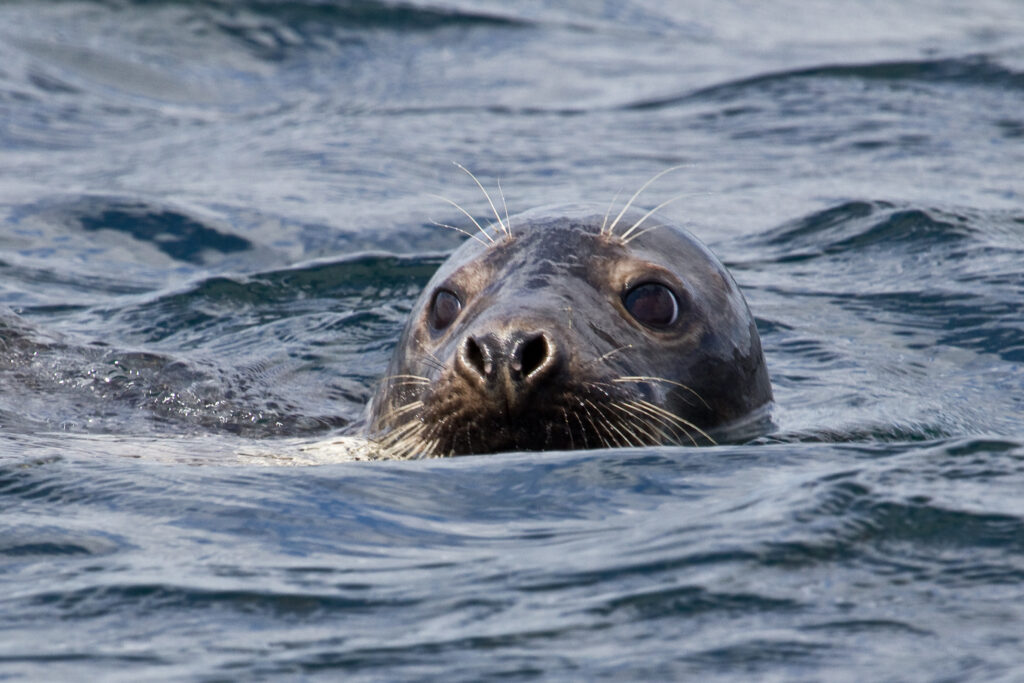

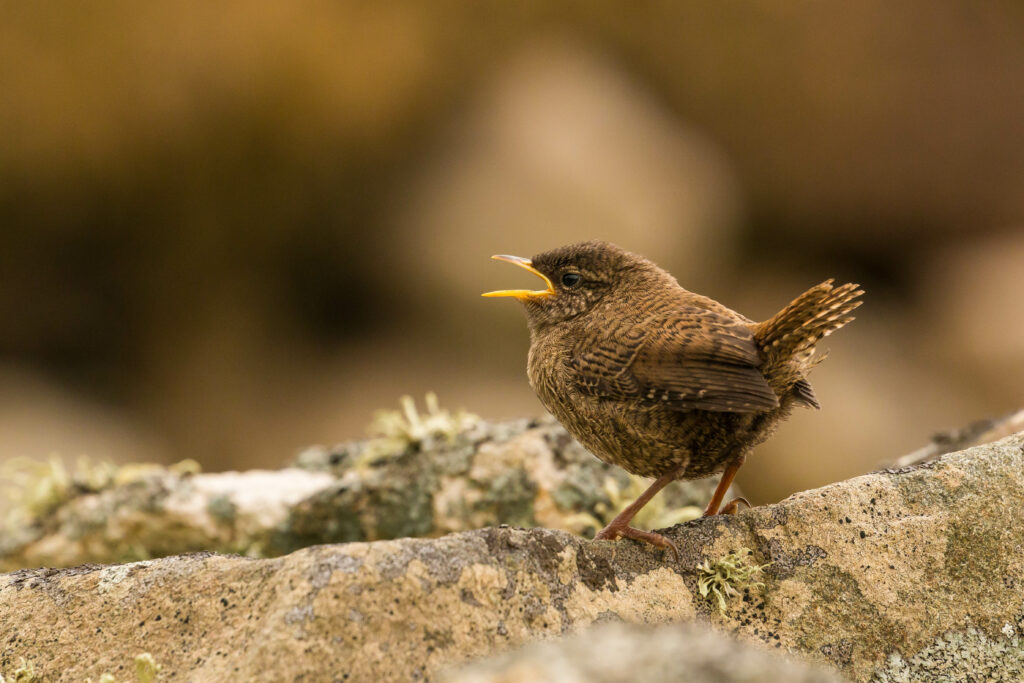
Mitigation and Adaptation
Video Presentation on Mitigation and Adaptation Measures to meet the challenge of Climate Change
PowerPoint Slides for the Presentation are provided below